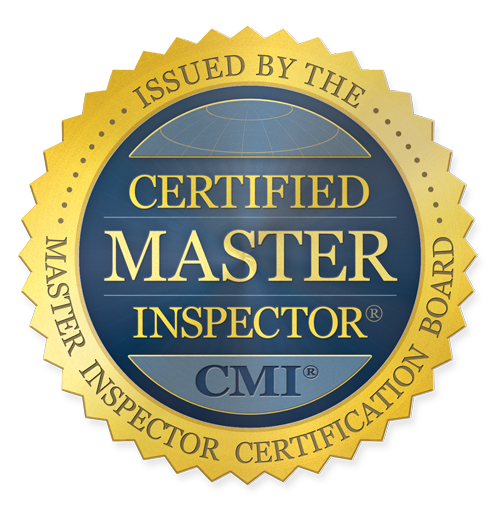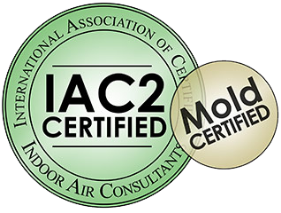In Florida, windy weather seems never far away. But did you know that there are specific risk levels based on wind speeds? Each of these levels involves a certain amount of risk of property damage and/or personal injury to homeowners and their homes.
Understanding wind-speed based risks can be helpful if it motivates you to improve your property to withstand higher winds. A wind mitigation inspection done by a professional inspector can identify where you could use some wind resistance upgrades.
Plus, having a wind inspection done can earn you wind mitigation points, which in turn can save you significantly on your home insurance premiums!
The Potential Impacts Of Severe Winds On Your Home
Hurricane winds are an obvious source of major storm damage to Florida homes, but major damage can also be done by lesser storms, by tornadoes, by intense thunderstorms, or by stiff gusts blasting at just the wrong place at exactly the wrong time.
It is estimated that over $50 billion of wind damage is done to Florida buildings in an average year – about $35 billion of that is done to homes specifically.
While the most damaging winds are classified as those at 50 mph or stronger, you can see serious damage at much lower wind speeds than that. Gusts often outdo the sustained wind speed, making wind speed forecasts a shaky ground for comfort. Even gusts of 20 mph or so can be dangerous under the right circumstances.
High winds have been known to break off tree branches and fling them into a rooftop or through a window. Whole trees sometimes collapse onto a building and tear it up badly. Garages, carports, pools, awnings, boats parked in the driveway, cars and other vehicles, and more may be at high risk of damage.
But the most frequently damaged part of the home in a windstorm is the roof and roofing. That’s why home inspections focus so much on roofing – especially is this the case with wind mitigation inspections.
Finally, note that straight-line winds that surge in a single direction across a wide area often produce the most damage. The angle, intensity, and direction of the wind’s approach all matters – but there is, of course, nothing one can do to control the wind. Wind mitigation measures and good home insurance are the best measures you can take to protect your home.
How Are Wind Speeds Classified?
Wind mitigation inspections are a bit new in comparison to the total history of home inspections. But this is a very important kind of inspection for many wind-prone Florida homes.
But how should we understand wind speeds in regard to potential damage? The National Weather Service (NWS) has a system for this:
- Low-risk level for property damage or injury – 20 to 25 miles per hour. This is when things are first considered officially “windy.” Wind-gusts may reach 30 mph, but there is still only minimal risk at this stage.
- Moderate-low risk level – 25 to 30 mph. Larger tree branches may sway and scratch a roof, old and weak limbs may break and fall. Power lines may also sway badly.
- Moderate-high risk level – 30 to 40 mph. This is the point where the NWS is going to issue a wind advisory. Any objects outside your home that are not secured are likely to blow around and may be damaged and/or cause damage.
- High risk – 40 to 55 mph. This is the point where a “high wind watch” is issued by the National Weather Service. Even small branches can break, it is almost impossible to just walk outside, and roofing shingles may well be ripped off or broken off at their ends. Over 45 mph, property damage becomes extremely likely.
- Extreme (or severe) risk level – 55 mph or higher. At this point, we would be talking about a major storm. It would be highly unlikely for a building to go through sustained wind speeds of 55 (and especially 65) and higher without suffering major damage. But wind mitigation measures can minimize this damage and prevent the roof from being torn off or the building from being moved off its foundation.
Why Get a Wind Mitigation Inspection?
Professional wind mitigation inspectors, trained and licensed by the state of Florida, can do two things for you. First, they can spot any weaknesses in your home where you would do well to bolster its ability to withstand high winds. Second, they can get your credit for the wind mitigation features your home already possesses.
For example, adding hurricane clips both makes your home safer and earns you extra wind mitigation credits. You can also add a support system that basically screws your foundation to the wood on top of it. Fixing any roofing problems or getting brand new roof shingles can sometimes help. And there are many other details that can lower wind damage risk and save you money.
In Florida, homeowner’s insurance companies are actually required by state law to offer significant discounts based on wind mitigation credits. Most people can save at least some money on their premiums, and the inspection soon pays for itself and then some.
To learn more about the risks caused by high Florida winds and how a wind mitigation inspection and wind mitigation possible upgrades can save you money and make you and your home safer – contact Super Inspection Pros today!

